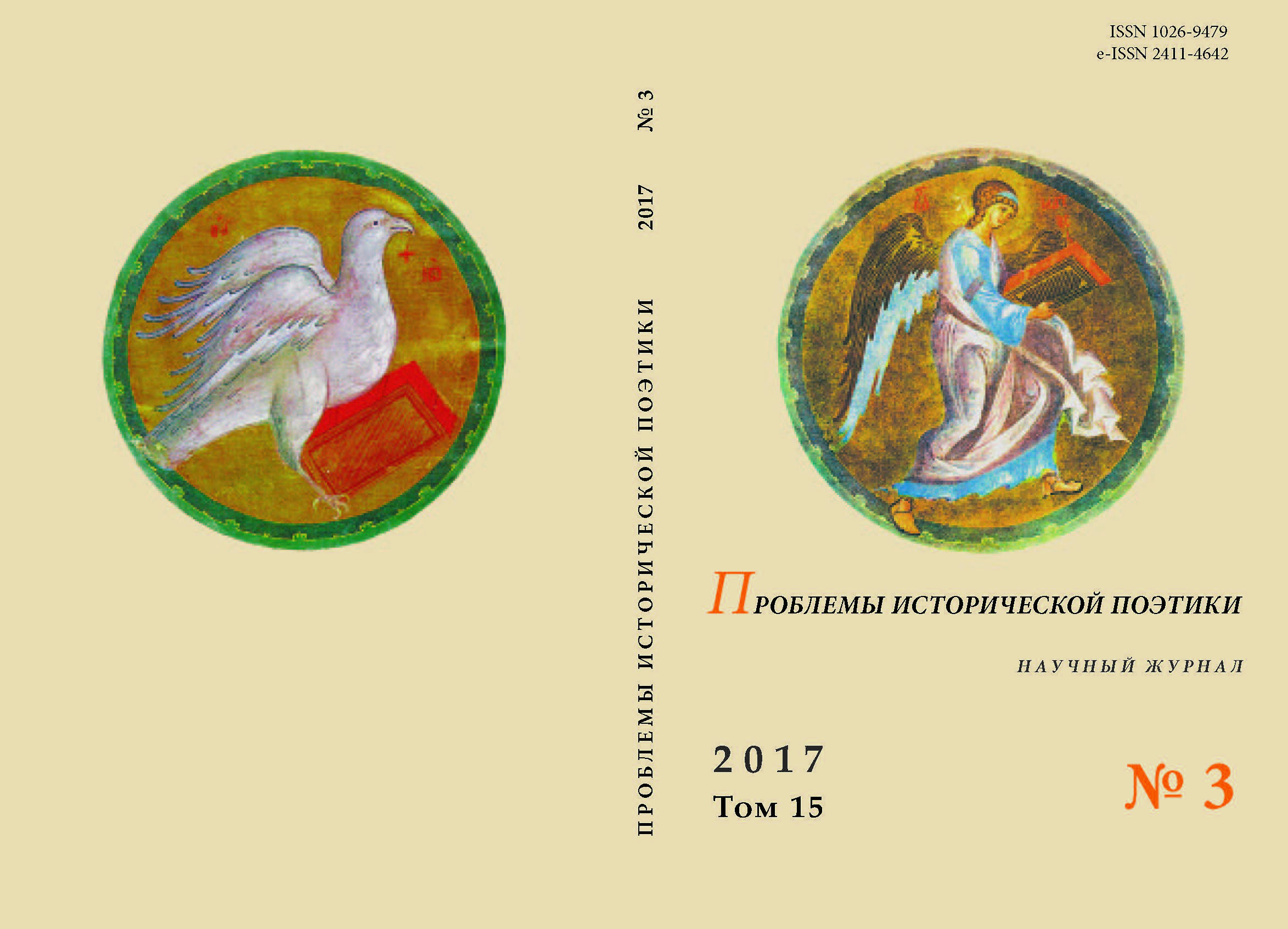ТРАНСФОРМАЦИЯ ИНФЕРНАЛЬНОГО В ИДИЛЛИЧЕСКОМ: Н. В. ГОГОЛЬ — Л. Н. ТОЛСТОЙ — И. А. БУНИН
TRANSFORMATION OF THE INFERNAL WITHIN THE IDYLLIC: N. V. GOGOL — L.N.TOLSTOY — I. A. BUNIN
Author(s): Sergey ShultzSubject(s): Language and Literature Studies, Literary Texts, Fiction, Studies of Literature, Russian Literature, Philology
Published by: Петрозаводский государственный университет
Keywords: Gogol; Tolstoy; Bunin; Byron; “the idyllic”; infernality; chaos and cosmos;
Summary/Abstract: Based the short stories of N. V. Gogol (“Viy”), L. N. Tolstoy (“The Devil”), I. A. Bunin (“Mitya’s love”) the storyline of transformation of the diabolic within the idyllic is seen in its evolution. A mythological subject of the appearance of the cosmos out of the chaos is related to the destruction of the idyll. The Chthonian character that extends its power to Khoma and Irtenev manifests itself in unexpected conditions: idyllic, “peaceful landscapes” reveal the possibilities of a back awful metamorphose. While Khoma is seduced beyond his will, Irtenev is seen as an initiator in the story with Stepanida. In both situations relations of authorities as a regulator of social structure are kept current: an orphan seminarist gets seduced by a rich and noble young woman; in contrast, by inviting Stepanida, Eugene appeals to his position of a nobleman. Finally, both characters find themselves subjected to the demonic power that covers all the other relations of domination and submission. In the era of sentimentalism the idyllic canon was “acosmic”. Gogol and Tolstoy brought back its cosmism, and Bunin, coming after them, partly turned back to sentimentalistic acosmism by disclosing better the catastrophe of individual consciousness in a lyrical way.
Journal: Проблемы исторической поэтики
- Issue Year: 15/2017
- Issue No: 3
- Page Range: 158-178
- Page Count: 20
- Language: English, Russian

